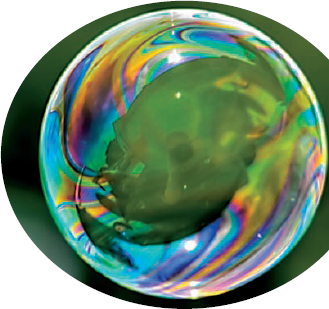Chapter 1. Shining a Light on HDR
In This Chapter
Understanding the HDR process
Diving into a basic workflow
Seeing examples of HDR images
Becoming infected with excitement
Rather than start this book with a pedantic definition of high dynamic range (HDR) photography followed by a technical treatise on why digital camera sensors don't capture the actual range of light in most scenes, I want you to see it in action. After all, HDR photography is first and foremost about the photos.
Déjà vu alert: HDR photography is about the photos.
The technical information behind why HDR has been developed may or may not be meaningful to you down the road, but you can't be expected to make the decision to jump into HDR photography on the basis of bit depths, contrast ratios, and sensor noise. I haven't left you high and dry though. There are as many HDR images and examples throughout the book that I could fit in to help you see the HDR difference and decide whether or not you want to try it out.
You need to see HDR in action and examine the types of images you can create with it. Afterward, if you want to know why a 12-bit sensor can capture only 4,096 levels of gray and how that's insufficient for most scenes, you'll be able to put that into practical perspective.

This chapter, then, shines the light on HDR with a little bit of show and tell.
Peeking inside the HDR Process
HDR photography is an exercise in ...
Get High Dynamic Range Digital Photography For Dummies® now with the O’Reilly learning platform.
O’Reilly members experience books, live events, courses curated by job role, and more from O’Reilly and nearly 200 top publishers.

